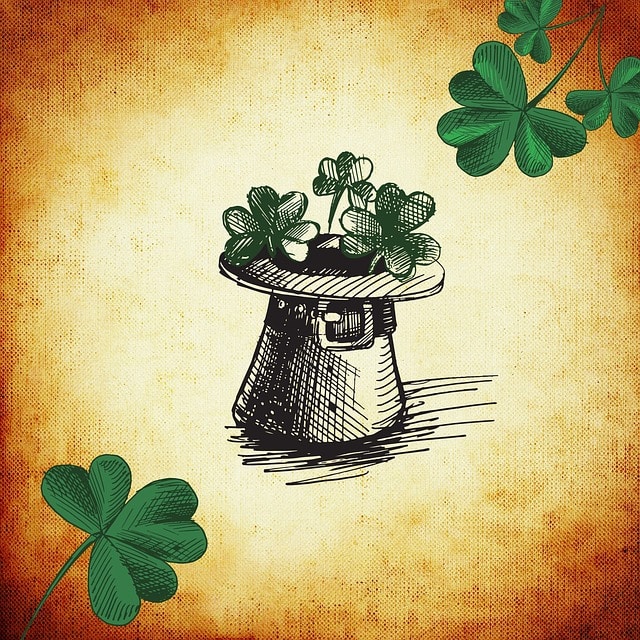
The clover is a very peculiar plant, generally with three leaves.
The term clover comes from a word in the Catalan language, in turn derived from the Greek tríphyllon . A clover is a herbaceous plant that is part of the Papilionaceae family group (whose flowers have a butterfly-shaped corolla).
Trifolium
Belonging to the genus Trifolium , clovers can reach a height of eight inches. Its stems have hairs and its leaves are arranged three by three, with purple or whitish flowers. Although the number of species that is formally accepted is around 250, there are descriptions of more than 1,100.
It is a perennial herb (it can also be called annual ), with an erect stem that can be procumbent (creeping but without taking root in the ground, and with a slight rise at the apices) or ascending . Each of its leaflets usually has a denticulated appearance.
This plant can be found in various parts of Europe, Asia, America and Africa , where there are subtropical and temperate climates. It is worth mentioning that there are various species that are grown as forage , that is, they arise from mixtures with others and are used to feed livestock; A clear example is white clover .
four leaf clover
Clovers are often associated with mythologies and superstitions . Four-leaf clovers (a rare variation of the usual three-leaf clovers) are said to bring good luck to whoever finds them.
It is important to note that depending on the version of this belief, the conditions for the four-leaf clover to confer good luck may vary. On the one hand there are those who affirm that it is necessary to find it by chance , without searching for it, for its effects to be fulfilled. However, there are also people who accept the possibility of giving or receiving a four-leaf clover for the same purpose. In any case, there is no scientific evidence to support any of these possibilities.
The reason for the appearance of four-leaf clovers is unclear. According to botanical specialists, it could be an environmental or genetic consequence, a somatic mutation, a developmental problem or the presence of a rare recessive gene. Another possibility is that it arises from the interaction of some genes that are secreted in the plant itself. On the other hand, there are also clovers with five or more leaflets.
As a curious fact, there are companies that are dedicated to the production of clovers with more than three leaves, using various techniques. Some American farms, for example, are specialized in growing four-leafed ones, using an ingredient that they do not publicly declare to feed the plant and achieve such genetic variation; Once they reach maturity, they are packaged and sold as a talisman or good luck charm.
Shamrock
A three-leaf clover, which is the symbol of Ireland , is known as shamrock . Legend has it that Saint Patrick , with the aim of illustrating the Holy Trinity within the framework of the Christianization process that took place in the 5th century , resorted to a shamrock.

The shamrock called "shamrock" is representative of Irish culture
This clover is also said to have magical properties, something that belongs to Celtic tradition . Regarding the term itself, it emerged from the Gaelic language (the Irish language) and can be translated as "young plant with three leaves."
card suit
In the French deck , finally, the club is a suit whose cards feature one or more black clubs . Diamond, heart and spade are the rest of the suits in this deck that is used in poker , blackjack and other games.
